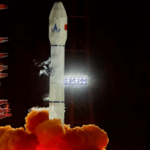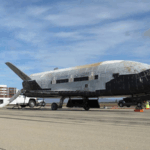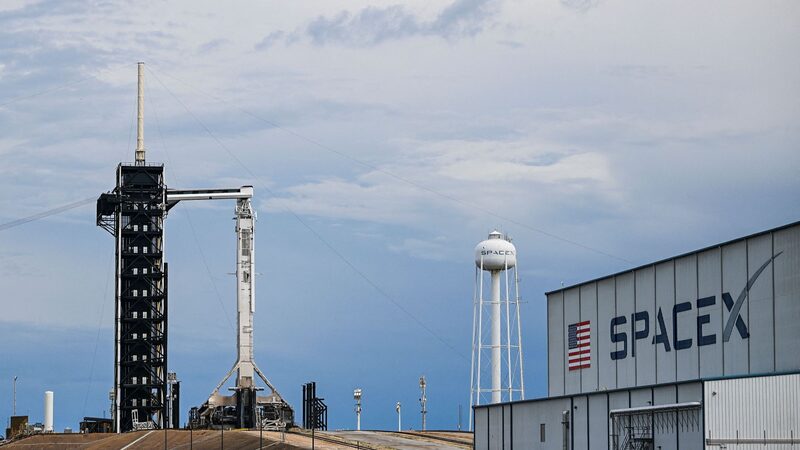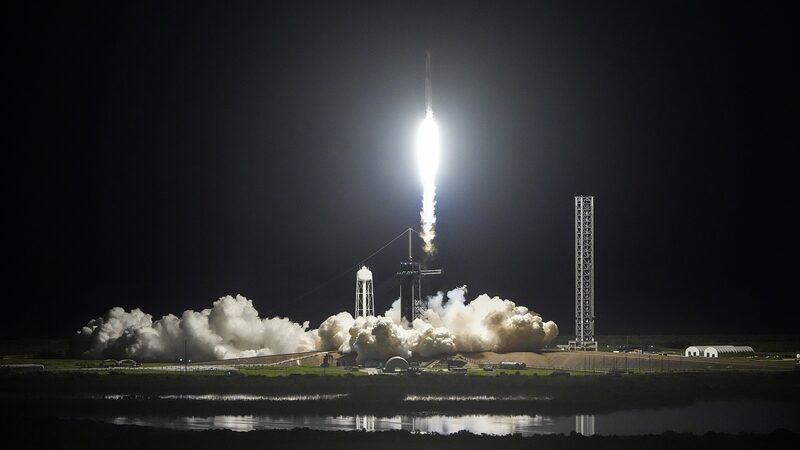Hold onto your space helmets! 🪐 Europe’s Hera asteroid probe rocketed into the sky aboard a SpaceX Falcon 9 from Florida this week, kicking off a two-year mission to investigate the aftermath of NASA’s groundbreaking 2022 DART experiment. The goal? Turn asteroid deflection from sci-fi fantasy into real-world planetary defense.
Hera’s destination: Dimorphos, a small moonlet orbiting the asteroid Didymos. In 2022, NASA’s DART spacecraft slammed into Dimorphos at over 22,500 km/h—like a cosmic bumper car—to test whether humanity could nudge a threatening space rock off course. Spoiler: It worked 💥. But now, Hera will analyze the crash site up close to see how the asteroid’s shape and orbit changed, turning this one-off test into a repeatable planetary protection strategy.
🚀 Why it matters: With over 25,000 near-Earth asteroids logged (and 1,000+ on ESA’s watchlist), understanding how to deflect them could one day save cities—or even civilizations. Think of it as Earth’s insurance policy against cosmic curveballs.
Built by Germany’s OHB SE, Hera will map DART’s impact crater in 2026 and study the asteroid’s composition. The mission also highlights international teamwork: While Europe’s Ariane 6 rocket delays pushed ESA to partner with SpaceX, scientists globally are cheering this next chapter in asteroid defense. 📡✨
Fun fact: Dimorphos poses no actual threat to Earth—it’s just a test subject. But with over half a million asteroids in our solar system, missions like Hera ensure we’re ready if another ‘dinosaur-ending’ space guest ever drops by uninvited. 🦖☄️
Reference(s):
cgtn.com





